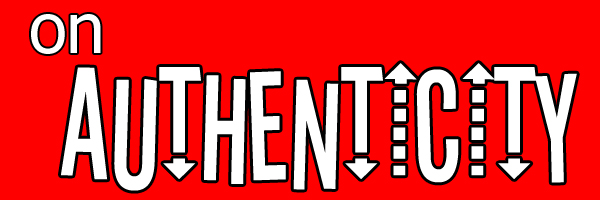
They say “Silence is Golden.” I say Silence is not only golden but platinum, silver, and copper, as well. When it comes to silence, there is a time and place for it. Usually, the time for silence is almost always. Unfortunately, too many of us, me included, do not make use of silence as often and for as long as we ought. It is a sad state that so many of us would rather kick silence to the dark corners and prove to others that all our words will fail to convey the true meaning of the message when a moment of silence would speak volumes.
Silence, to me, is an opportunity to slow down and hear everything that’s all around me. It is even an opportunity to hear myself, both inside and out. When you can hear yourself you hear the real you. You listen to who you are, what you have become, and who you will be. Taking time to listen, in silence, is the moment when you can change the future. You can alter your present and your future, so long as you remember that you cannot alter the past. What is done is done, so don’t dwell on what happened. Remember, living in the past gets you nowhere.
When silence becomes part of who we are, then it can be considered a strength. It is a strength that cannot be gained from going to the gym or from years of therapy. A strength that comes from using that silence to learn about not just others but yourself. However, be careful no to use your silence as a tool to dictate the conversation. What I mean, when people have to work to get a word or two out of you then you are dictating the conversation. Think about it and don’t do it.
Before I move further along you are probably thinking, “what about the quiet people”, the ones that are naturally soft-spoken, quiet. There is nothing wrong with naturally quiet people. Yet, what is wrong is those that naturally categorize quiet people as introverts. Extroverts can be quiet at times, so be careful. Silence is something that spans across all people. It is necessary for our well-being, mental and physical. Silence really does cause us to intentionally slow down. Slowing down, especially from the fast paced life we find ourselves in, is a good thing.
Unfortunately, not all people are comfortable with silence. To some, the silence can be deafening. Those that find themselves uncomfortable feel they need the noise, they make, to know where they are in the world. While it might not be a need to be in control (yes, even with the introverts), it is more of knowing what is happening around them. Who knows, to them, the noise must just be their version of silence.
For most people, the noise consumes us and when the opportunity comes for silence, we welcome it. To get the most out of that silence we must be prepared to go deeper. Deeper in that you can bring out that most in yourself as well as in others by practicing non-verbal communication. For example, looking people in the eye without being creepy or too creepy is something that requires lots and lots of practice. When you have mastered the eye contact you are well on your way to non-verbal communication skills mastery.
Of course, another way to master non-verbal communication is to know when to be quiet. One thing that I use as an indicator the time has come to be quiet is when individuals start repeating the same 4 or 5 word sentence. When the conversation comes to a complete halt and nothing will advance until silence arrives. Most people have a difficult time determining when the time is right to be silent. So practice silence. I know easier said than done, it can be done. Try holding a conversation in a library and you will see that while somewhat difficult, it can be done.
Be prepared for a stern look or a simple index finger raised to the mouth with a ssshhh sound from the librarian, at first. Don’t let that stop you, keep working creating silence and using it to your advantage. Use it, especially when you know you need it. Heck, use silence when you don’t need it. Silence can be done alone or with a group, as silence can draw people together either by curiosity or solidarity. No matter what the reason, remember that silence is golden and to practice it constantly.
–David Guerra

